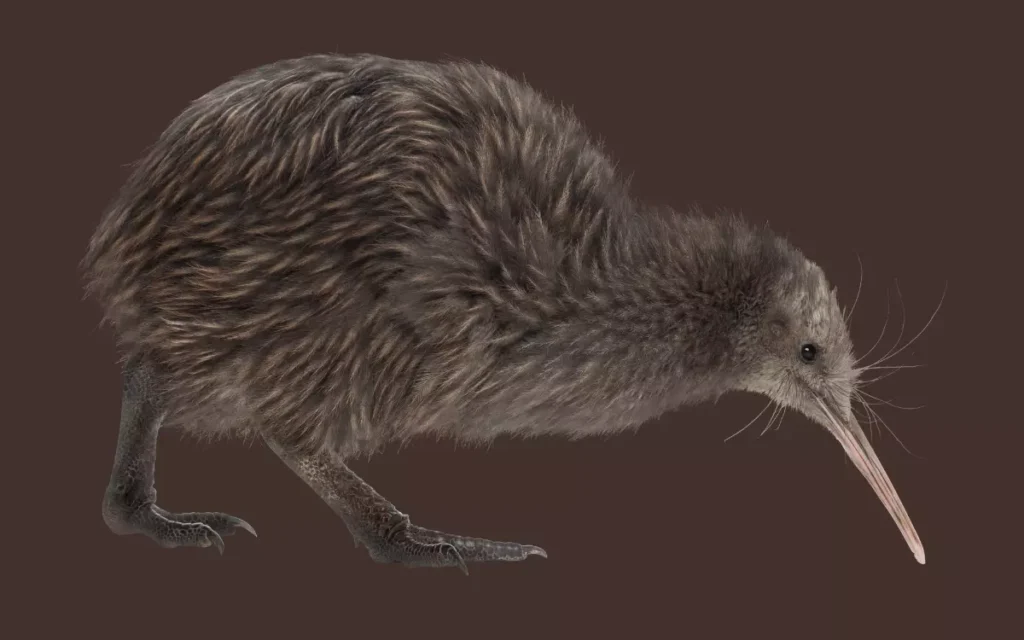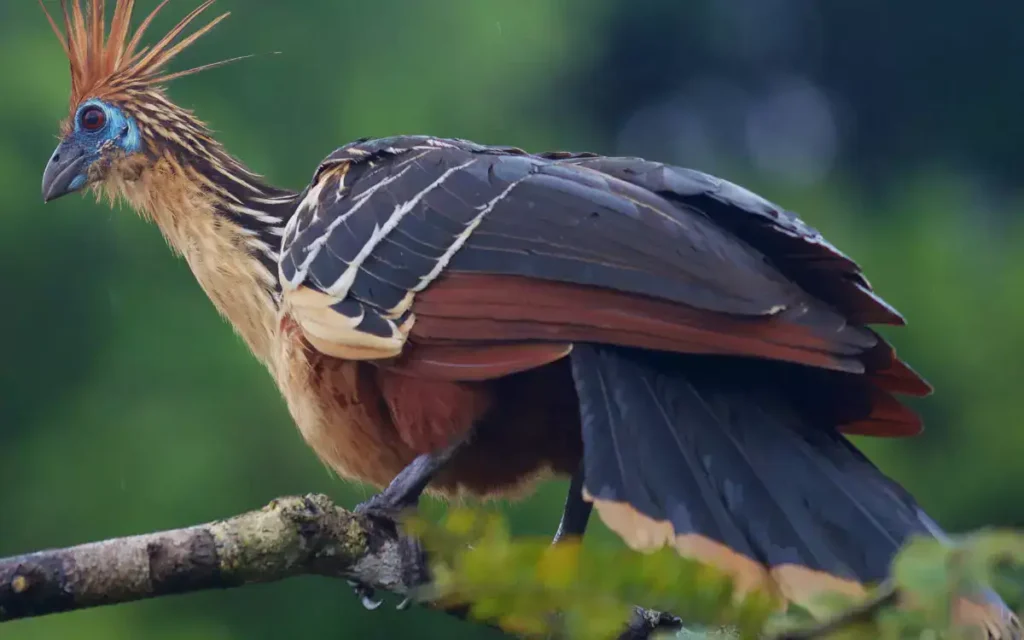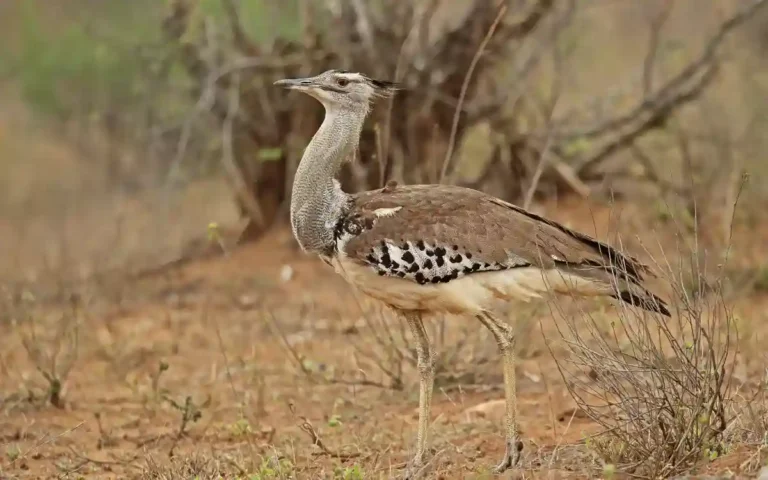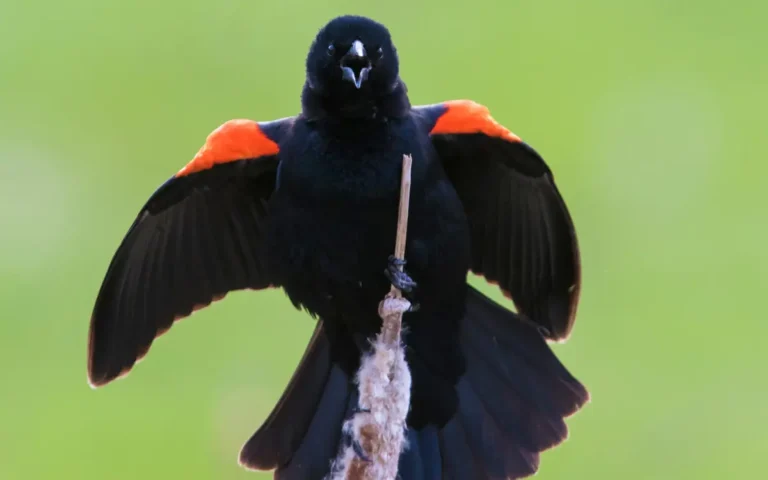25 World’s Most Ugliest Birds (Picture,Location,size)

There are a lot of bird species in this world some of the them are beautiful and Most Interesting Birds.
Today we will discover the world’s most Ugliest Birds in this list.
Most Ugliest Birds in the Worlds: A Closer Look
1.Andean Condor

The Andean Condor, found in South America, is an impressive but visually unsettling bird. Its enormous size, with a wingspan of up to 3 meters, makes it a formidable presence in the sky. Its plumage is primarily black, and it lacks the vibrant colors associated with many other bird species.
The Andean Condor’s featherless head and neck give it a sinister appearance. Its bald, wrinkled skin is often associated with death and decay. However, these features are adaptations for hygiene, allowing the bird to feed on carrion without getting feathers soiled.
- Latin name: Vultur gryphus
- Location to see: western South America
- Size: 30 pounds (15kg) wingspans (320 cm)
2.Kakapo

While parrots are known for their intelligence and vibrant plumage, certain parrot species defy conventional beauty standards. Take, for example, the Kakapo, a flightless parrot from New Zealand. Its mossy green feathers and rotund body may not win any beauty contests.
The Kakapo’s round face and stocky build make it look more like a teddy bear than a parrot. Its comical appearance and peculiar mating rituals, including booming calls and inflating like a balloon, set it apart from other parrots.
- Latin name: Strigops habroptilus
- Location to see: Fiordland
- Size: 58 to 64 cm (23 to 25 in) wingspan 82 cm (32 in)
3.Kiwi

The Kiwi, native to New Zealand, is a small, flightless bird with shaggy brown feathers. Its long, slender beak gives it a distinct appearance.
The Kiwi’s most unusual feature is its nostrils at the end of its beak, which it uses to forage for insects underground. Its large, beady eyes and lack of wings make it an oddity among birds.
- Latin name: Apteryx
- Location to see: Kapiti Island
- Size: 5–8CM Length (2–3 inches)
4.Southern Screamer

The Southern Screamer is a large, waterfowl-like bird native to South America. Its plumage is a mix of grey, white, and brown, with an elongated neck.
The Southern Screamer’s Ugliest appearance stems from its bald head and neck. Its raucous vocalizations, which can be heard from a distance, add to its less-than-charming presence.
- Latin name: Chauna torquata
- Location to see: Pantanal, Brazil
- Size: 83 to 90 cm weighing about 4.4 kg
5.Muscovy Duck

The Muscovy Duck is a domesticated duck species with origins in South America. It has distinctive caruncles (bumpy, fleshy growths) on its face and a black and white plumage.
The Muscovy Duck’s caruncles and red, warty facial skin are not the features that typically make ducks endearing. These traits, however, are part of its unique appeal.
- Latin name: Cairina moschata
- Location to see: Americas, New Zealand, Australia, Europe
- Size: Length: 30 inches (76 cm): Weight: (Male) 10 to 15 pounds (4.53 to 7 kg)
6.Shoebill

The Shoebill, a large bird native to tropical Africa, is often compared to prehistoric creatures. Its name is derived from its shoe-shaped bill.
The Shoebill’s massive bill, which can reach lengths of over 9 inches, is its defining feature. This bizarre appendage, along with its brooding expression, earns it a place on our list of Ugliest birds.
- Latin name: Balaeniceps rex
- Location to see: Uganda
- Size: 110 to 140 cm (43 to 55 in) wingspan 230 to 260 cm
7.Great Potoo

The Great Potoo, found in Central and South America, is a nocturnal bird with cryptic plumage that resembles tree bark.
The Great Potoo’s eerie, wide-eyed stare and cryptic appearance make it unsettling to encounter in the dark. Its nocturnal habits and haunting calls add to its mystique.
- Latin name: Nyctibius grandis
- Location to see: Southern Mexico to Northeastern Guatemala and most of Central America
- Size: 360 to 650 g (13 to 23 oz)
8.Marabou Stork

The Marabou Stork, native to Africa, is a large bird with black and white plumage and a featherless head and neck.
The Marabou Stork’s bald head, wrinkled neck, and massive bill are features that make it appear more like a scavenger than an elegant bird. Its presence near the carrion further adds to its less-than-pleasant image.
- Latin name: Leptoptilos crumenifer
- Location to see: Africa, from the Sahara desert to South Africa
- Size: 150 cm (5 feet) wingspread 2.6 m (8 1/2 feet)
9.Northern Bald Ibis

The Northern Bald Ibis, found in North Africa, is aptly named for its bare head and neck. It has dark plumage with iridescent green and purple hues.
The Northern Bald Ibis’s bald head, long curved bill, and red skin patches around the face make it an unusual and somewhat Ugliest sight. Its distinctive appearance has earned it a place on our list.
- Latin name: Geronticus eremita
- Location to see: European Alps, Northern Africa, and the Middle East
- Size: 70–80 cm (28–31 in) wingspan 1.0–1.3 kg (35–46 oz)
10.Naked Neck Chickens

Naked Neck Chickens, as the name suggests, have featherless necks. These domesticated birds come in various colors.
The Naked Neck Chicken’s exposed skin on the neck and head may not be aesthetically pleasing, but it’s an adaptation that helps them tolerate hot climates.
- Latin name: Gallus gallus domesticus
- Location to see: Europe and the Middle East
- Size: 2 to 2.5 feet tall
11.Helmeted Hornbill

The Helmeted Hornbill, native to Southeast Asia, has black plumage and a distinctive casque on its bill.
The Helmeted Hornbill’s casque, which is made of solid keratin and is used in courtship and combat, gives it an unusual and somewhat intimidating appearance.
- Latin name: Rhinoplax vigil
- Location to see: Myanmar, southern Thailand, Malaysia
- Size: 110–120 cm (43–47 in)
12.King Vulture

The King Vulture, found in the Americas, is a scavenger with colorful plumage dominated by white, orange, and black.
While the King Vulture’s plumage may be colorful, its naked head and wrinkled skin give it an eerie and Ugliest appearance, especially when seen scavenging.
- Latin name: Sarcoramphus papa
- Location to see: Central and South America
- Size: 2.5 feet (0.8 meters)
13.Capuchinbird

The Capuchinbird, native to South America, is a large bird with brown plumage and a distinctive bare patch on its chest.
The Capuchinbird’s bare chest patch and somber expression add to its unconventional and less-than-appealing appearance.
- Latin name: Perissocephalus tricolor
- Location to see: north-eastern South America
- Size: males reach around 14 inches (35.5 cm) female 13.5 inches (34.5 cm)
14.Turkey

Turkeys are often associated with holiday feasts, but not all turkeys fit the bill for beauty. Some wild turkey species, like the Turkey Vulture, have less conventional looks.
The Turkey Vulture’s bald head and neck, combined with its scavenging habits, may not make it the most attractive bird in the forest.
- Latin name: Meleagris
- Location to see: North America
- Size: 5 to 11 kg (11 to 24 lb)
15.Long Wattled Umbrellabird

The Long Wattled Umbrellabird, native to Central and South America, is a bird with striking black plumage and a long wattle on its throat.
The Long Wattled Umbrellabird’s long, pendulous wattle and somber expression contribute to its unconventional appearance.
- Latin name: Cephalopterus penduliger
- Location to see: Pacific slope,Colombia to southwestern Ecuador
- Size: 40–42 cm in height female 35–37 cm
16.Philippine Eagle

The Philippine Eagle, a critically endangered species, is known for its majestic appearance and formidable size.
While the Philippine Eagle is a symbol of conservation efforts, its fierce expression and formidable beak may not be everyone’s idea of beauty.
- Latin name: Pithecophaga jefferyi
- Location to see: eastern Luzon, Samar, Leyte, and Mindanao
- Size: 86–102 cm (2 ft 10 in – 3 ft 4 in) in total length
17.Harpy Eagle

The Harpy Eagle, found in the Americas, is one of the largest and most powerful eagles in the world.
The Harpy Eagle’s powerful build and talons are impressive, but its stern expression and formidable appearance may not be considered conventionally attractive.
- Latin name: Harpia harpyja
- Location to see: Brazil, Ecuador, Guyana, Suriname, French Guiana, Colombia, Venezuela, Bolivia, Paraguay, Peru and ortheast Argentina.
- Size: 36 to 40 inches
18.Frogmouth

Frogmouths, found in Asia and Australia, are nocturnal birds with cryptic plumage that resembles tree bark.
The Frogmouth’s wide, gaping mouth and cryptic appearance may be unsettling to some, but they are adaptations for catching insects in flight.
- Latin name: Podargidae
- Location to see: tropical Asia
- Size: 10 to 22 inches (25 to 55 cm)
19.Vultures

Vultures are often associated with death and decay due to their scavenging habits.
Vultures’ bald heads and necks, designed for hygiene when feeding on carrion, give them an eerie and Ugliest appearance. However, they play a crucial role in ecosystems.
- Latin name: Gyps indicus
- Location to see: Ramanagara district, Karnataka, India
- Size: 1 metre (3.3 feet) tall, with a 2.7-metre (8.9-foot) wingspan
20.Hornbills

Hornbills are known for their large bills and striking plumage.
While hornbills may be visually striking, their large bills and solemn expressions can make them appear less conventionally attractive.
- Latin name: Bucerotidae
- Location to see: Dandeli in Karnataka
- Size: 40 cm (16 inches), in the smaller Tockus species, to 160 cm (63 inches)
21.Hoatzin

The Hoatzin, native to South America, is a peculiar bird known for its spiky crest and clawed wings.
The Hoatzin’s prehistoric appearance, with clawed wings and a spiky crest, sets it apart from more conventionally attractive birds.
- Latin name: Ophisthocomus hoazin
- Location to see: swamps, riparian forests, and mangroves of the Amazon
- Size: 65 cm (25.6 inches)
22.Potoo

Potoos are nocturnal birds found in the Americas, known for their cryptic plumage.
The Potoo’s wide-eyed stare and cryptic appearance make it an unsettling sight, especially in the dark of night.
- Latin name: Ophisthocomus hoazin
- Location to see: central South America
- Size: 21–58 cm (8.3–22.8 in)
23.Featherless Chickens

Credit: Bill Bumgarner
Featherless Chickens, also known as Naked Neck Chickens, are domesticated birds known for their featherless necks.
While featherless chickens may not win any beauty contests, their exposed skin is an adaptation for surviving in hot climates.
- Latin name: Unknown
- Location to see: ISRAEL
- Size: Hen (6.5lb) and Rooster (8.5lb)
24.Indian Grey Hornbill

The Indian Grey Hornbill, found in the Indian subcontinent, is known for its large bill and distinctive appearance.
While the Indian Grey Hornbill may be visually striking, its large bill and solemn expression can make it appear less conventionally attractive.
- Latin name: Ocyceros birostris
- Location to see: Himalayas southwards
- Size: 61 cm (24 in) in length
25.CALIFORNIA CONDOR

The CALIFORNIA CONDOR, a critically endangered species, is one of the rarest birds in the world. It has black plumage and a featherless head.
The CALIFORNIA CONDOR’s bald head and distinctive appearance make it a symbol of conservation efforts. Its rarity adds to its appeal despite its unconventional looks.
- Latin name: Gymnogyps californianus
- Location to see: Andrew Molera State Park; Bottcher’s Gap; Julia Pfeiffer Burns State Park; Pfeiffer Big Sur State Park; and Big Sur Lodge
- Size: 1.2 metres (4 feet) long
FAQs
Q: Why are some birds considered ugly?
A: Beauty is subjective, and what is considered attractive in birds varies from person to person. Some birds have unique adaptations that may not conform to conventional beauty standards.
Q: Are these ugly birds endangered?
A: Some of the birds mentioned, like the CALIFORNIA CONDOR and Philippine Eagle, are critically endangered. Conservation efforts are in place to protect these species.
Q: Do these birds serve any ecological purpose?
A: Yes, many of these birds play crucial roles in ecosystems as scavengers or pollinators, despite their unconventional appearances.
Q: Can ugly birds be kept as pets?
A: It’s important to prioritize conservation and ethical considerations when considering keeping birds as pets. Many of these species are protected by law.
Q: Are there any efforts to protect these birds?
A: Conservation organizations and governments are working to protect endangered and vulnerable bird species, including those mentioned in this article.
Q: Can ugly birds be beautiful in their own way?
A: Absolutely. Each bird species has its unique adaptations and characteristics that make it beautiful in its own way, even if it doesn’t conform to conventional standards of beauty.
Conclusion
In the world of birds, beauty comes in all shapes and sizes. While some avian species may not be conventionally attractive, they each have their unique adaptations and features that make them fascinating and essential members of the natural world. Embracing the diversity of birdlife reminds us that beauty is truly in the eye of the beholder.






